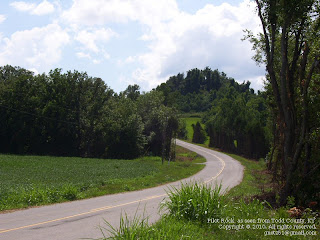City life compared to country life
The following paragraphs are excerpted from World Geographies: Second Book, Kentucky Edition (p. 74) by Ralph S. Tarr and Frank M. McMurry, published in New York by the MacMillan Company in 1922.
Life in the Great City
In the poorer sections of the city the people are even more densely crowded. Some of the children have never seen the country, and scarcely any birds, trees, or grass, except possibly in one of the city parks. In these crowded sections, there are many foreigners from all the nations of the earth.
To escape such a crowded city life, tens of thousands of men live in suburban towns, or country homes, from ten to forty miles from their places of business. Every day they spend from one to three hours traveling back and forth. Some ride upon elevated railways built in the street, two, three, and four stories above the ground and supported by iron columns. Others go by train in the subway, which extends for many miles underground, and even crosses under the rivers to Brooklyn, Jersey City, and Hoboken.
How different all this is from the country, where only two or three houses may be seen at a time! Where sunlight and fresh air enter one's home from all sides of the building! Where there is plenty of room to play, with green grass, large trees, and singing birds in the yard! No wonder that people living in great cities are anxious to visit the country, the mountains, the lakes, and the seashore, during a few weeks in the summer.
 |
Monday washday in New York City tenements, c. 1910.
Library of Congress, Prints &Photographs Division,
Detroit Publishing Company Collection
|

















